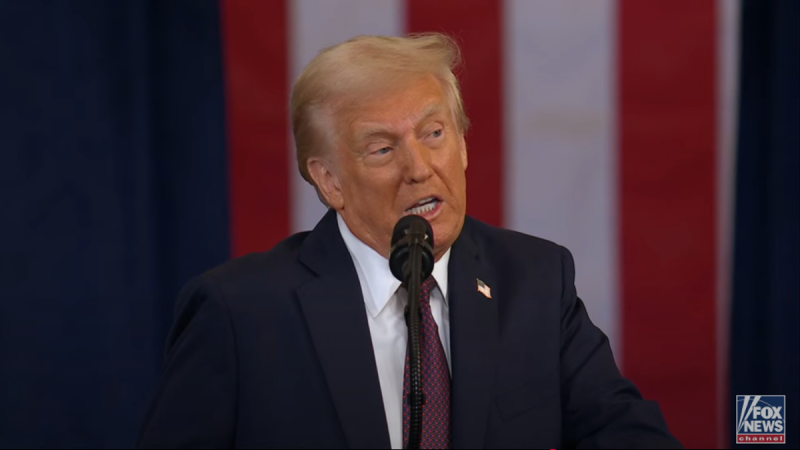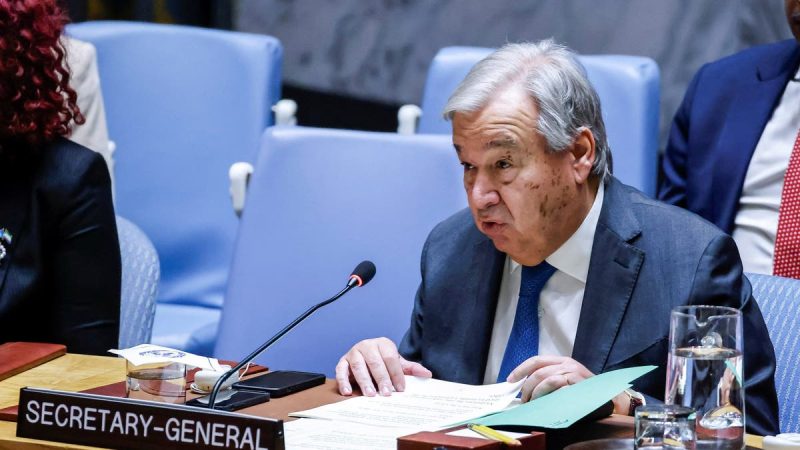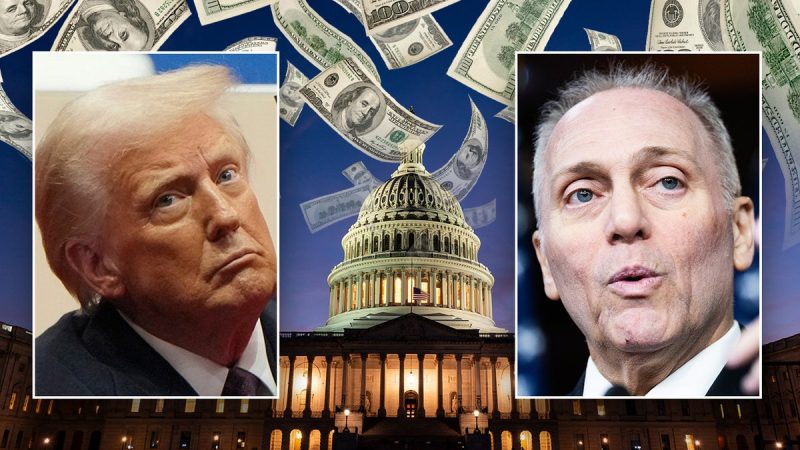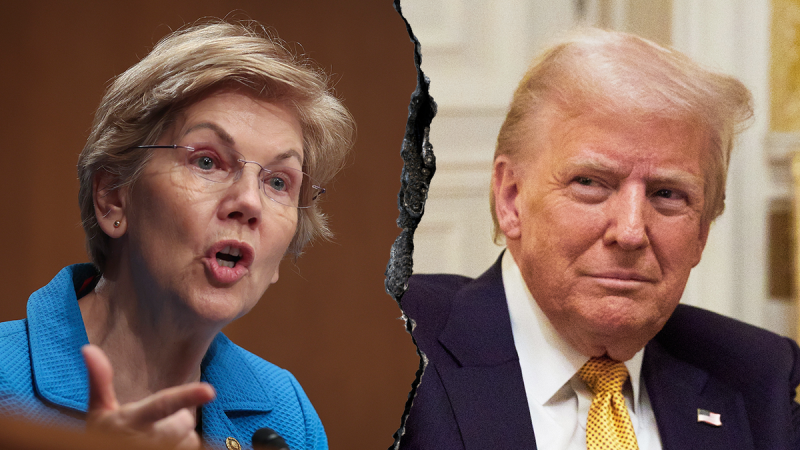

Anteros Metals Inc. (CSE: ANT) (‘Anteros’ or the ‘Company’) is pleased to announce the successful filing of the Knob Lake Property NI 43-101 Technical Report (the ‘Report’) with the government of Newfoundland and Labrador Department of Industry, Energy and Technology (‘IETNL’). The approval of the Report’s expenditures as assessment credits and the recent renewal of the mineral licence has secured the Company’s mineral tenure at the Knob Lake Property until 2030.
The Knob Lake Property (the ‘Property’) hosts a high-grade Iron and Manganese deposit located in an active mining jurisdiction in Labrador, near Schefferville Québec. The Property is 100% owned by Anteros and is strategically located close to necessary infrastructure such as hydropower and rail facilities, supporting the potential for future operational developments.
PROPERTY HIGHLIGHTS
-
Approximately 2,750 metres of historical drilling, 1,246 metres of which was conducted after 2006
-
Favourable Synclinal structure centred over iron-rich members of the Sokoman Formation
-
Road-accessible with active rail rights-of-way and proximity to modern hydropower lines
-
Active Exploration Approval from the Mineral Lands Division of IETNL
-
Long-term mineral tenure security within an active iron mining jurisdiction
LOCATION AND MINERAL TENURE
The Knob Lake Iron and Manganese Deposit is located in western Labrador 2.5 kilometres south of Schefferville, Québec, 1.5 kilometres east of the James Iron Deposit, and 2.3 kilometres southeast of the former Silver Yards beneficiation plant at Ruth Lake. The Property is road accessible from the town of Schefferville (Figure 1). The mineral licence consists of three contiguous mineral claim units, covering an area of 75 hectares that are in good standing until October 28, 2030.

Figure 1: Knob Lake Property location and mineral tenure map (1:40,000 scale)
To view an enhanced version of this graphic, please visit:
https://images.newsfilecorp.com/files/9885/239674_09559f5f94c1694a_002full.jpg
GEOLOGY AND MINERALIZATION
The Labrador Trough, straddling parts of Labrador and Québec, is known for Superior-type iron formations that have been explored and mined for iron since 1954. The principal iron formation unit of the area, is the Sokoman Formation, a 30 to 350 metre-thick iron-rich stratigraphic unit running along the length of the Labrador Trough. The lower and middle members of the Sokoman Formation are the most economically important, responsible for world-class iron-ore deposits commonly containing more than 50% hematite and magnetite. The Property is positioned over a synclinal fold structure affecting the Sokoman Formation (Figure 2) and is viewed as favourable for iron mining in the district.

Figure 2: Geology and historical drilling of the Knob Lake Property
Note: LIF, MIF, SCIF, UIF are Lower, Middle, Silica-Chert, and Upper Iron Formations, all geologic sub-units of the Sokoman Formation (Unit 11). DB is diabase of the Shabogamo Formation. Adapted from Orth (1972)
To view an enhanced version of this graphic, please visit:
https://images.newsfilecorp.com/files/9885/239674_09559f5f94c1694a_003full.jpg
HISTORICAL RESOURCES
Mineral exploration at the Property began in the 1970s when the Iron Ore Company of Canada conducted reverse circulation (‘RC’) drilling, diamond drilling, and trenching, producing a mineral inventory on the Property in 1982. In the decade following 2006, Labrador Iron Mines Ltd. conducted diamond drilling and RC drilling, along with LiDAR surveying and airborne gravity and magnetic surveying over the Property, and commissioned an inaugural mineral resource estimate (‘MRE’) for the Property in 2012 which was updated in 2014. The 2014 MRE is summarized in Table 1.
Table 1: Knob Lake Property Historical Mineral Resource Estimate (Dupéré, 2014)1
| Fe ‘Ore’ | ||||||
| Classification | Tonnes2,3 | Fe (%) | P (%) | Mn (%) | SiO2 (%) | Al2O3(%) |
| Measured (M) | 2,824,000 | 55.01 | 0.070 | 1.00 | 10.21 | 0.48 |
| Indicated(I) | 2,259,100 | 54.33 | 0.061 | 1.07 | 11.19 | 0.46 |
| Total (M+I) | 5,083,500 | 54.71 | 0.066 | 1.03 | 10.65 | 0.47 |
| Inferred | 643,800 | 51.78 | 0.085 | 1.21 | 13.53 | 0.45 |
| Mn ‘Ore’ | ||||||
| Classification | Tonnes2,3 | Fe (%) | P (%) | Mn (%) | SiO2 (%) | Al2O3(%) |
| Measured (M) | 375,000 | 50.55 | 0.086 | 5.59 | 8.45 | 0.68 |
| Indicated(I) | 214,000 | 49.56 | 0.076 | 4.87 | 9.60 | 0.80 |
| Total (M+I) | 588,000 | 50.19 | 0.082 | 5.33 | 8.86 | 0.72 |
| Inferred | 127,000 | 49.18 | 0.046 | 4.80 | 9.66 | 0.40 |
1The mineral resource for the Knob Lake Deposit (Dupéré, 2014) is considered historical in accordance with NI 43-101 (see paragraph below for important disclosures regarding historical resources)
2Historical mineral resources are rounded to the nearest 10,000 tonnes
3Historical mineral resources that are not mineral reserves do not have demonstrated economic viability
This historical mineral resource estimate is from a Technical Report entitled Technical Report: Schefferville Area Phase I DSO Iron Projects Resource Update, Western Labrador – NE Québec, Canada by Maxime Dupéré dated June 27, 2014 and is filed on SEDAR+. The Technical Report was prepared in accordance with National Instrument 43-101 – Standards of Disclosure for Mineral Projects (‘NI 43-101’), NI 43-101F1, and with CIM standards and Mineral Resource best practices. The independent Qualified Person believed project data was suitable for mineral resource estimation at that time. The stated resource uses an iron cut-off grade of 50%, and grades were not capped. An independent Qualified Person will be required to compile and validate historic Property data, model the data, and estimate the mineral resource to obtain a current mineral resource. A qualified person has not done sufficient work to classify the historical estimate as a current mineral resource and Anteros Metals Incorporated is not treating the historical estimate as a current mineral resource.
QUALIFIED PERSON
Jesse Halle, P. Geo., an independent Qualified Person in accordance with National Instrument 43-101 – Standards of Disclosure for Mineral Projects, has reviewed and accepted the technical material contained in this news release.
ABOUT Anteros Metals Inc.
Anteros is a multimineral junior mining company using data science to target and acquire highly prospective deposits for exploration and development throughout Newfoundland and Labrador. The Company is currently focused on advancing four key projects across diverse commodities and development horizons. Immediate plans for their flagship Knob Lake Property include bringing the historical Fe-Mn Mineral Resource Estimate into current status as well as commencing baseline environmental and feasibility studies.
For further information please contact or visit:
Email: info@anterosmetals.com | Phone: 1-800-417-1468
Web: www.anterosmetals.com
Social: @anterosmetals
On behalf of the Board of Directors,
Chris Morrison
Director
Email: chris@anterosmetals.com | Phone: 709-725-6520
Web: www.anterosmetals.com/contact
16 Forest Road, Suite 200
St. John’s, NL, Canada
A1X 2B9
Cautionary Statement Regarding Forward-Looking Information
This news release may contain ‘forward-looking information’ and ‘forward-looking statements’ within the meaning of applicable Canadian securities legislation. All information contained herein that is not historical in nature may constitute forward-looking information. Forward-looking statements herein include but are not limited to statements relating to the prospects for development of the Company’s mineral properties, and are necessarily based upon a number of assumptions that, while considered reasonable by management, are inherently subject to business, market and economic risks, uncertainties and contingencies that may cause actual results, performance or achievements to be materially different from those expressed or implied by forward looking statements. Except as required by law, the Company disclaims any obligation to update or revise any forward-looking statements. Readers are cautioned not to put undue reliance on these forward-looking statements.

To view the source version of this press release, please visit https://www.newsfilecorp.com/release/239674
News Provided by Newsfile via QuoteMedia




























